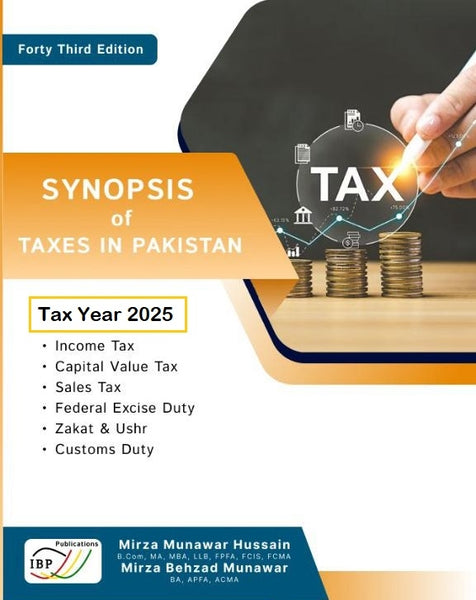PRC-2 Quantitative Methods - CRESCENT
- Publisher: CRESCENT COLLEGE OF ACCOUNTANCY
- Availability: Out Of Stock
- SKU:
Rs.0.00
Tags: accounting program , analysis techniques , business statistics. , case studies , central tendency , chartered accountancy , Crescent , descriptive statistics , dispersion , ICAP , linear regression , PRC-2 , quantitative techniques , sample size , sampling , time series analysis
The PRC-2 Quantitative Methods study text by Crescent Educational Publishers is a vital resource for students pursuing the Chartered Accountancy qualification under the ICAP framework. This textbook covers essential quantitative techniques and statistical methods, equipping students with the skills necessary to analyze and interpret data effectively. It serves as an essential guide for understanding the application of quantitative methods in business and economics.
Key Features:
-
Introduction to Quantitative Methods:
- Defines quantitative methods and their importance in decision-making. The text lays the groundwork for understanding how quantitative analysis supports business strategy and operations.
-
Descriptive Statistics:
- Covers fundamental concepts in descriptive statistics, including measures of central tendency (mean, median, mode) and measures of dispersion (range, variance, standard deviation). This section helps students summarize and describe data sets effectively.
-
Probability Theory:
- Introduces probability concepts, including basic probability rules, conditional probability, and the significance of probability distributions in statistical analysis. This foundation is crucial for understanding more complex statistical methods.
-
Probability Distributions:
- Discusses various probability distributions, such as normal distribution, binomial distribution, and Poisson distribution. Students learn how to apply these distributions to real-world problems and make predictions based on statistical models.
-
Sampling and Estimation:
- Explains sampling techniques, sample size determination, and the concept of estimation. This section guides students on how to draw inferences about populations based on sample data.
-
Hypothesis Testing:
- Covers the hypothesis testing process, including formulating null and alternative hypotheses, determining significance levels, and making decisions based on p-values. This knowledge is critical for validating business decisions based on data.
-
Regression Analysis:
- Introduces simple and multiple linear regression analysis, teaching students how to model relationships between variables. The text emphasizes the interpretation of regression coefficients and the significance of the model.
-
Time Series Analysis:
- Discusses time series data and methods for analyzing trends over time. This section includes techniques for forecasting future values, which is essential for financial planning and analysis.
-
Statistical Software Applications:
- Provides insights into using statistical software for data analysis, enhancing students' practical skills in applying quantitative methods in real-world situations.
-
Practice Questions and Case Studies:
- Includes a variety of exercises, multiple-choice questions (MCQs), and case studies to reinforce learning. This practice material prepares students for the examination and aids in the application of quantitative techniques.
Conclusion:
The PRC-2 Quantitative Methods textbook by Crescent Educational Publishers is a comprehensive resource designed for ICAP students. By covering key quantitative techniques and statistical methodologies, it provides the necessary tools for effective data analysis and informed decision-making. With ample practice questions and case studies, this text not only prepares students for their exams but also equips them for practical application in their future careers.
════ ⋆★⋆ ═══
Publishers ✤ CRESCENT COLLEGE OF ACCOUNTANCY
Related Products
Rs.800.00
Rs.1,000.00
Rs.1,490.00
Rs.1,750.00
Rs.1,400.00
Rs.1,750.00
Rs.1,280.00
Rs.1,600.00
Rs.1,120.00
Rs.1,400.00
Rs.720.00
Rs.800.00
Rs.900.00
Rs.1,125.00
Rs.3,200.00
Rs.3,998.00

























